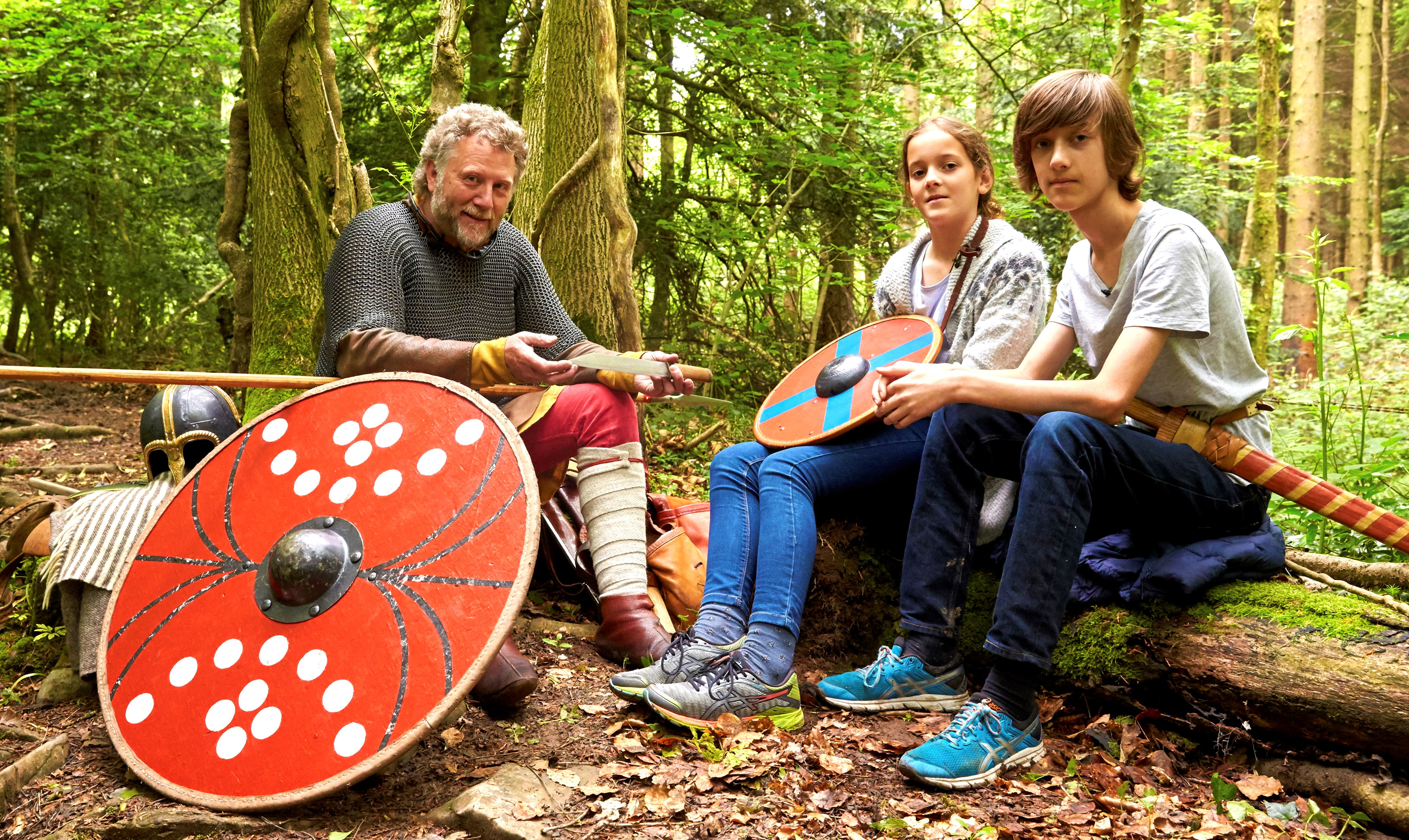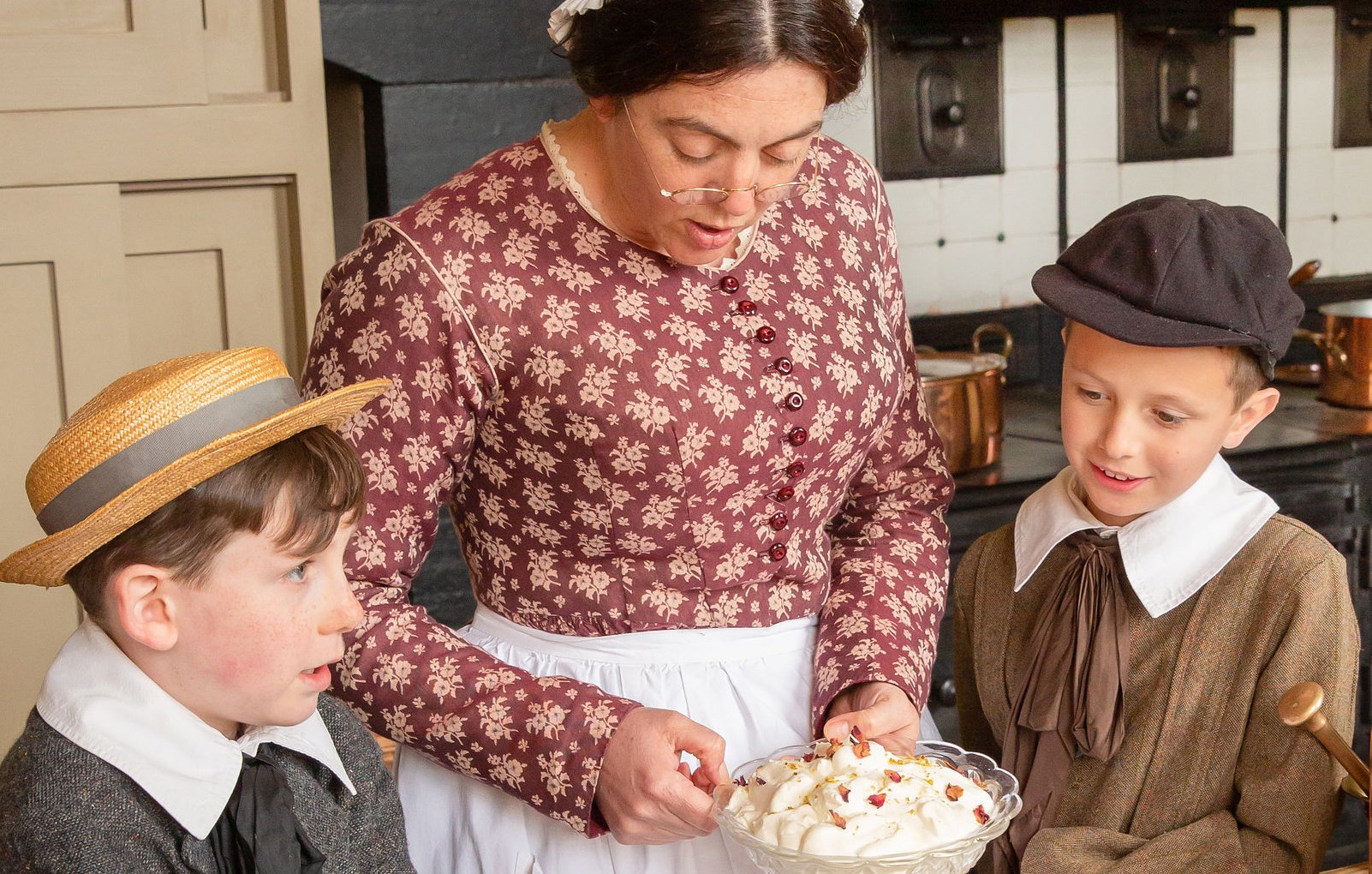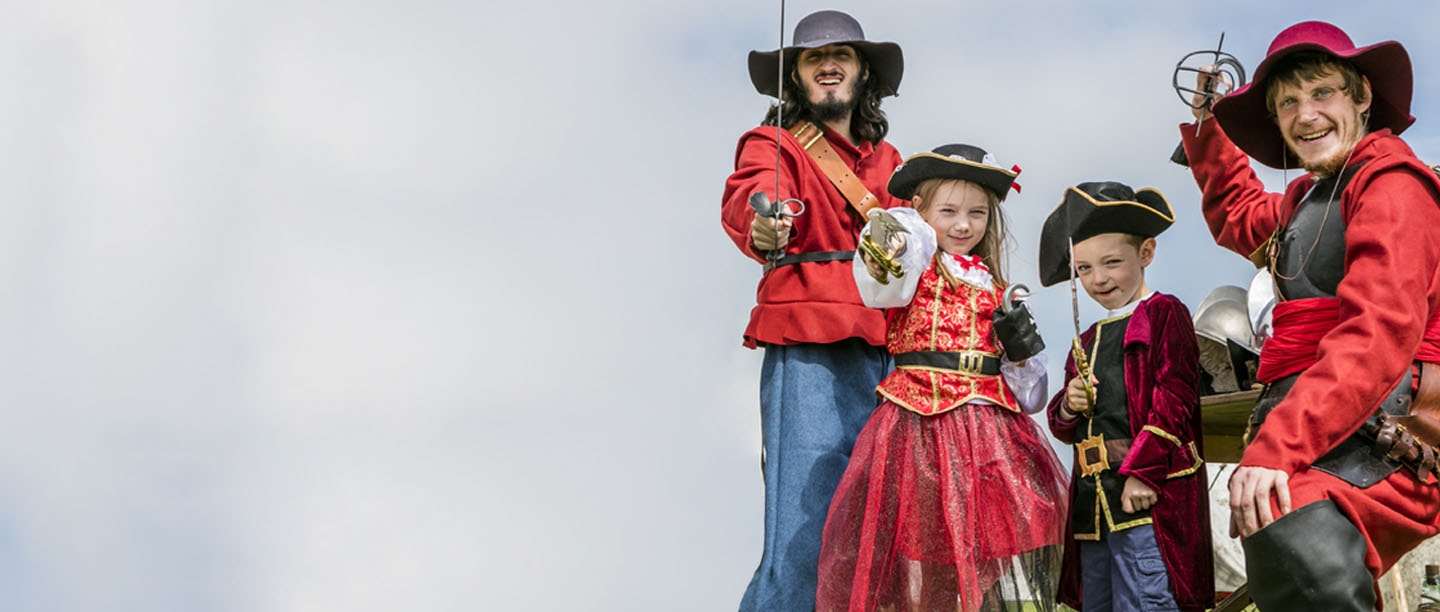A Golden Age of Pirates
The ‘Golden Age of Piracy’ lasted from 1650 to 1720, and this was when the most famous real-life pirates lived. They include Henry Morgan, William ‘Captain’ Kidd, ‘Blackbeard’ (Edward Teach), Charles Vane, ‘Calico Jack’ (John Rackham), Mary Read and Ann Bonny. Most pirates died young (it was a dangerous way of life!) but Ann Bonny lived for an impressive 84 years, despite being caught and nearly hanged for piracy. She survived by revealing that she was pregnant, which delayed her execution, then it is thought that her dad somehow managed to have her released. After this, Ann went on to live a normal life. She returned to Charles Town (where she had grown up) and raised several children.
Tales of Pirates
We know so much about the lives of these Caribbean pirates thanks to Captain Charles Johnson and his book A General History of the Pyrates, published in 1724. His stories helped build pirates a legendary and thrilling reputation. Later, people also wrote fictional (made-up) stories about pirates. One of these was Lord Byron’s The Corsair (1814), which was a romantic poetic tale about a pirate who risked the love of his life to save a slave. It sold 10,000 copies on the day it was published. Peg legs, parrots, pistols, cutlasses and the skull and cross-bones all appeared in Robert Louis Stevenson’s Treasure Island (1883). Stories (and more recently, films too) helped to build the fictional stereotypical pirate that we know today.
Not All Pirates Went to Sea
Pirates in stories and films today are usually likeable characters, shown to be brave and sometimes stylish too! The darker side to piracy is often ignored or not included. Real pirates were stealing from others on the high seas. Boarding another ship to take their goods usually involved bloodshed.
However, some pirates stayed on dry land and instead paid others to sail their ships. Some also created safe ports for pirates where they were protected from being arrested, or sold the stolen goods.
Piracy on England’s Shores
Piracy was common in the English Channel from the Roman era to the 19th century. Coastal towns were especially vulnerable to attacks and people living there became used to defending themselves against pirates. They often became tough and sometimes violent crewmen on merchant ships, or even pirates themselves.
In the late 3rd century, there were Saxon and Frankish (Germanic peoples living just outside the Roman Empire in North West Europe) pirates sailing the English Channel, and a Roman fleet hunted them down. Hundreds of years later, Vikings became feared for piracy and raiding, and in the Middle Ages the English Channel was full of pirates.
Legalised Piracy
During wartime, medieval rulers sometimes hired pirates to fight their enemy. They called the pirates ‘privateers’, and gave them a licence, which allowed them to continue their activities as pirates, but they were no longer thought to be breaking the law. Monarchs relied on their ships and skills to raid coastal settlements and inflict damage on enemy ships. However, the pirates would often not stick to the rules of this legal form of piracy and continued their plundering in peacetime. Rulers ignored most of the raiding when it was focused on an enemy, but if the privateers were caught targeting too many foreign ships when there was peace between countries, they became pirates once more.
Famous English Pirates and Privateers
John Hawley of Dartmouth
John Hawley was a famous pirate of the Middle Ages. Out of all English pirates, he comes closest to the stereotype of a fearless adventurer. Hawley was celebrated in Dartmouth, having built its castle and funded its church. He was the most successful of Dartmouth’s merchants, mayor of the town 14 times and its MP twice.
Throughout Hawley’s life, England and France were at war and he sailed the Channel between the 1370s and 1408 as a privateer. He regularly wreaked havoc on the king’s enemies, becoming rich in the process. Hawley got into trouble a few times for capturing ‘neutral’ vessels, which were not on either side in the war, and was imprisoned in the Tower of London for a short time. However, he was too useful in the war against France and was soon released to continue attacking French ships.
The Killigrews of Arwennack
In the 16th century, Elizabethan ‘sea dogs’ sailed the Atlantic to raid Spanish treasure ships returning from the Americas. Many of these were rich gentlemen, including Sir Francis Drake and John Hawkins, and they were sometimes encouraged and given money by Queen Elizabeth I and the Privy Council.
Sir John Killigrew, a member of the Cornish gentry, preyed on Spanish ships. Other members of the Killigrew family also became privateers, and were based at their manor of Arwennack. Sir John Killigrew’s activities are first recorded in 1552 and he continued adventuring until his death in 1584.
Surprisingly, Killigrew was appointed as Commissioner to investigate piracy in 1577. This job helped him to hide his own piracy. When he took the Spanish ship ‘The Lady of St Sebastian’, he wrote a false report. An official investigation discovered that several lengths of the ship’s stolen cloth had been presented to Lady Killigrew’s servants, so Sir John Killigrew was summoned to the Privy Council in London. We don’t know exactly what happened, but no record of him facing any punishment survives today.
Henry Stangways
The Dorset pirate Henry Strangways is known to have joined an Irish pirate crew in 1549. Three years later he had worked his way up to become a ship’s captain, capturing and plundering Spanish and English ships. He was imprisoned several times, but was always released, possibly through paying bribes and by using influential friends.
In 1562, Strangways was employed as an English captain to fight in a religious war in France. With two ships, he fought his way up the River Seine, through a fortified barricade, to help defend the city of Rouen. He was wounded and died a hero.
Adapted from an article by Paul Pattison for English Heritage. Read the full text here.
Meet our first female pirate
In this video, 18-year-old Freyja Eagling takes us back to the Golden Age of Piracy and tries to debunk some of Hollywood's pirate myths.
Discover how to talk like a pirate (and how not to), plus several common pirate phrases to use. Freyja also takes us through her 18th century pirate costume, which can be used as a guide if you ever wanted to build your own.
More to explore
-

Kids Home
Learn about England’s history and discover more about everyday life in the past, from the rich and famous to the general population, through fun facts, illustrated stories and games.
-

Historical Timeline Posters
We've created a series of posters showing the history of England, from prehistory through to the World Wars. Print them out to create a mega timeline, or colour your own with our downloadable sheets.
-

Videos
Travel back in time with our fun videos! Watch as we interview Henry VIII, put your Roman knowledge to the test with Rattus Rattus, go on an animated journey through history and more.
-

Historical Makes and Bakes
Find out what people ate in the past, serve up a slice of history with our delicious recipes and meet a Tudor cook. Plus, explore the food history linked to some of our favourite holidays!

